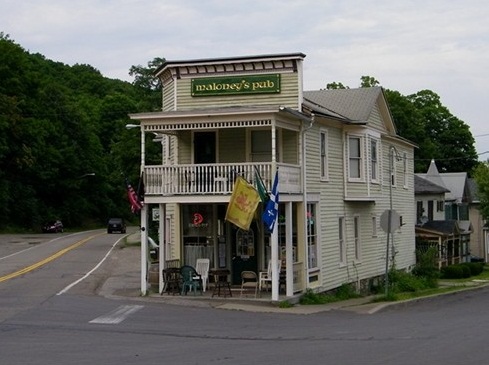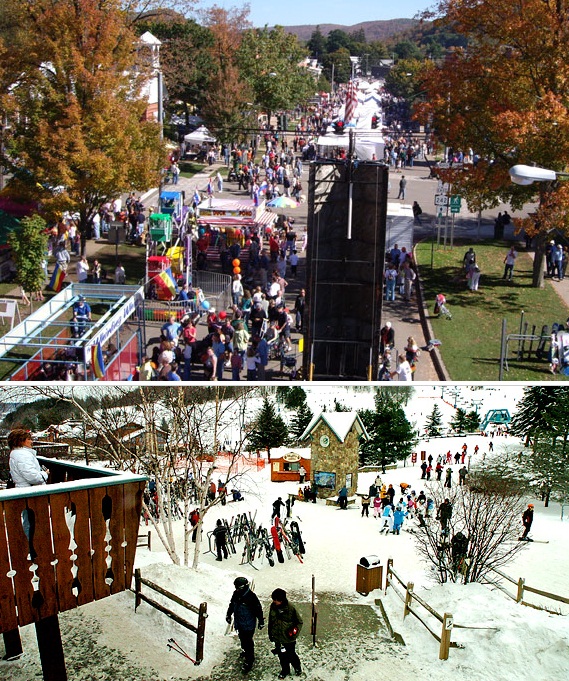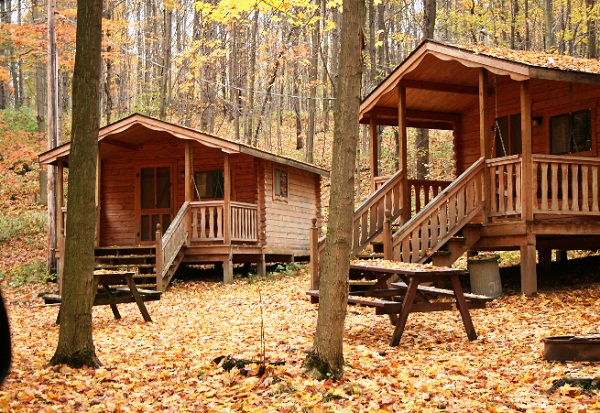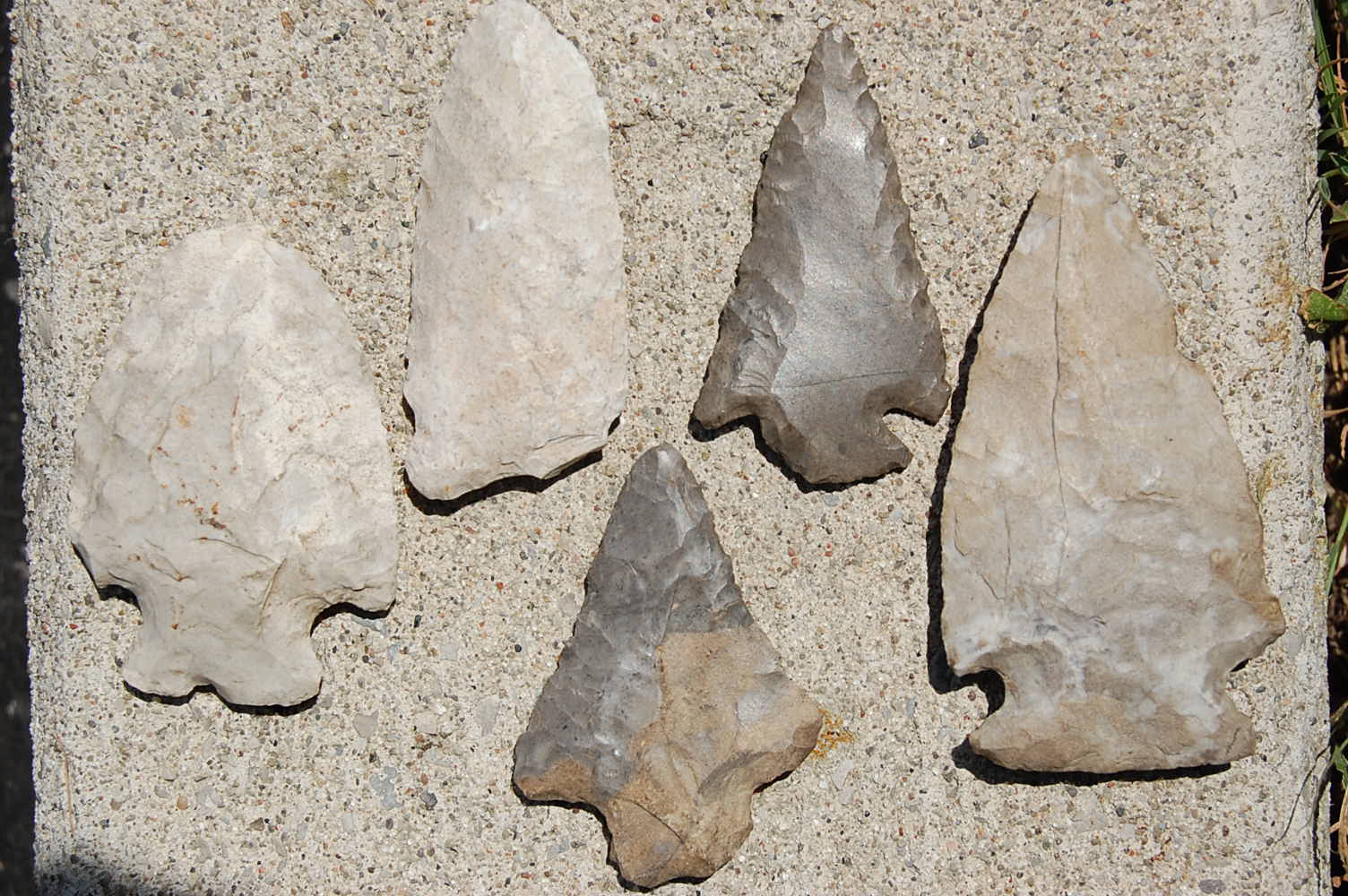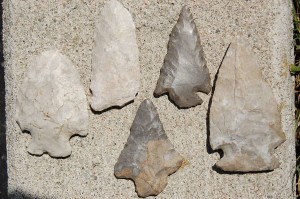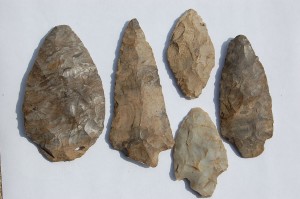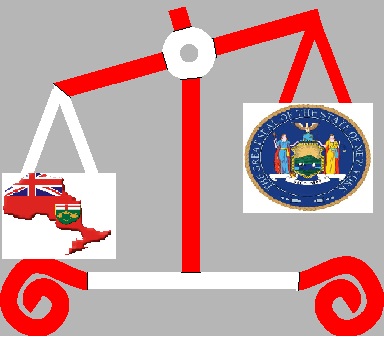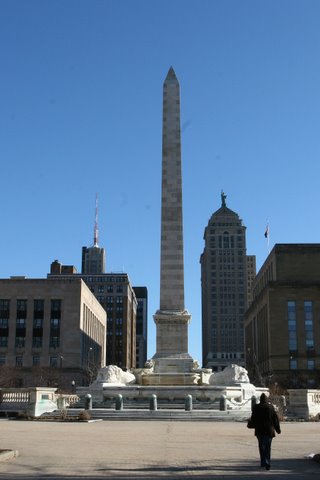
If you’re looking for a spur-of-the-moment day trip from Niagara, Canada side, I have the answer for you.
A visit to downtown Buffalo can be your answer. It’s about an hour away nestled on the American side of the Peace Bridge and it’s a place still oozing with charm. The older downtown area offers a step-back-in-time experience. Forget the Chicken wings; the historic buildings here make a statement about style and sophistication.
July Fourth Fireworks Galore!
There are many places to catch amazing fireworks displays in and around the city core.

Cool Architecture and Art Deco Stylings
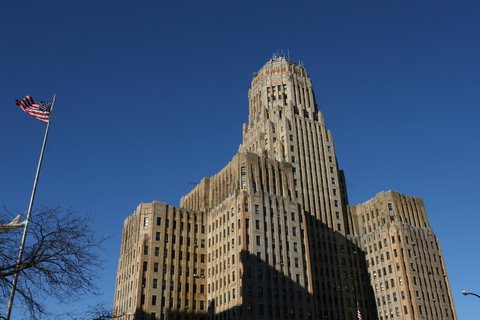
Old City Hall
Start your day of exploring with a visit to Buffalo’s Art Deco City Hall. It dominates everything in the downtown area. Built during the early 1930’s (at the height of the great depression) this is a must see. The building is open free of charge Monday to Friday between 8:30 am and 4:30 pm. Take the elevator to the 22tnd floor, and then walk the stairway to the observation area. You’ll feel like you’re on top of the Empire State building in New York City. You’re rewarded with an awe inspiring view of the city, Niagara River and nearby Fort Erie. Free tours of City Hall are offered Monday to Friday at noon. Just meet in the lobby and a volunteer will put you through your paces as he or she walks and talks about the history of this Buffalo charmer. I was convinced, I was in a time warp. Docent (an American term which usually refers to a historic tour guide),

Rick Smyth, a retired teacher explained the meaning behind the many murals and statues that adorn the inside of the building. He said, “They tell about the friendship between Canada and the United States that has extended since the end of the War of 1812″.
Niagara Square
Outside City Hall is Niagara Square .Dominating the square is a monument built to honour the memory of William McKinley, the 25th president of the United States (1897-1901) who was assassinated in Buffalo at the Pan American Exposition in 1901. If you love old architectural buildings and their history you’ve hit the jackpot. Take your pick, the perimeter of the square beckons you. All of these century old buildings have stories to tell. Escorted walking tours can be arranged at www.buffalotours.org or 716-852-3300.
Lafayette Square
Lafayette Square is three blocks to the east of City Hall. It’s a park in the centre of the downtown. The block, which was once square, is lined by many of the city’s tallest buildings including the Liberty Building, and Rand Building. The Buffalo and Erie County Public Library (www.buffalolib.org) is an interesting place to explore. You can a get a first hand glimpse of the manuscripts of the Adventures of Huckleberry Finn. by Samuel L. Clemens, better know by his non de plume, Mark Twain lived in Buffalo between 1869 and 1871. The library is open daily at 8:30 am, except Sunday, free of charge. This block is surrounded by the Niagara Frontier Transportation Authority’s Metro Rail light rail rapid transit, which runs about 12 blocks above-ground along Main Street in what is called the Free Fare Zone. Try it you’ll love it. The ride really is free.
Live Theatre
You’d be hard-pressed to leave this area without visiting one of the many historical theatres that offers touring Broadway shows, concerts, opera, dance and classic film series. Shea’s Performing Arts Center (www.sheas.org) on Main Street, built in the style of 1926 European Opera House, has an outstanding line-up of live entertainment. Greats like George Burns and Frank Sinatra have performed here in the past.

Where to Eat
When the hunger pains start to come on I recommend the Spot Coffee Restaurant (www.spotcoffee.com) at the corner of Delaware Avenue and Chippewa Streets. This independently owned coffee shop is more authentic than places like Starbucks. They have good reasonably priced food and plenty of it. Uneven floors, wood tables and exposed brick make this the perfect neighbourhood eatery. They open at 7 am and close at 11 pm. It’s where I like to hang out during the annual St. Patrick’s Day Parade. The parade takes place this year on Sunday, March 18 and begins at 2pm.
Downtown Parking
Street parking is reasonable here. Be sure to carry lots of American 25 cent coins to feed the $1 an hour meters. Lot parking is about $8.00 for the day.
For More Information TELL ’em The Silo sent ya ;>
www.visitbuffaloniagara.com or 1-800-283-3256.
For the Silo, George Bailey.

